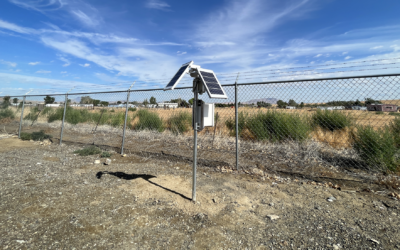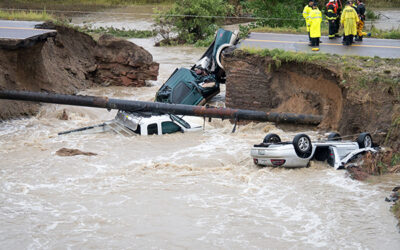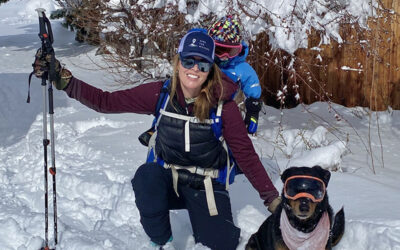Field Notes From a DRI Research Team in Greenland: A Story Map
In May 2022, a team led by scientists from DRI in Reno, Nevada departed for Greenland, where they were joined by ice drilling, Arctic logistics, and mountaineering experts. Together, the team plans to collect a 440 meter-long ice core that will represent 4,000 years of Earth and human history.
For much of their time on the Greenland ice sheet, the team will not have access to the internet or phone service — but they are able to send short text messages back to DRI from a Garmin inReach two-way satellite communicator. You can follow along with their journey on our Story Map, “The Return to Tunu.”


